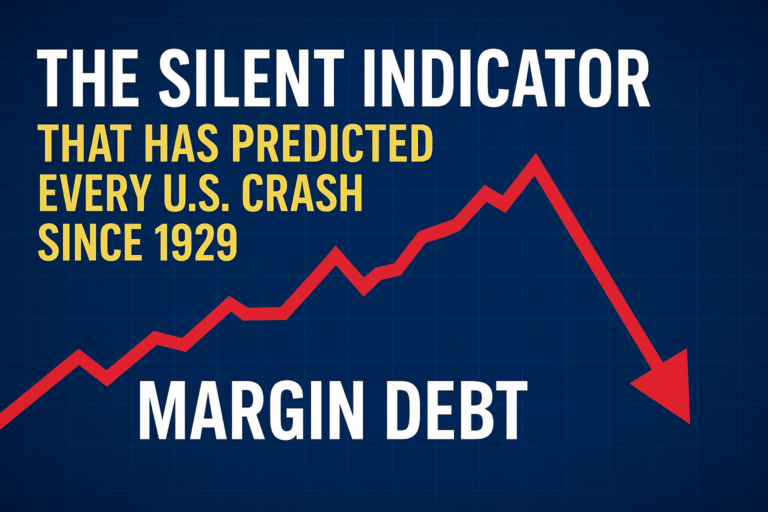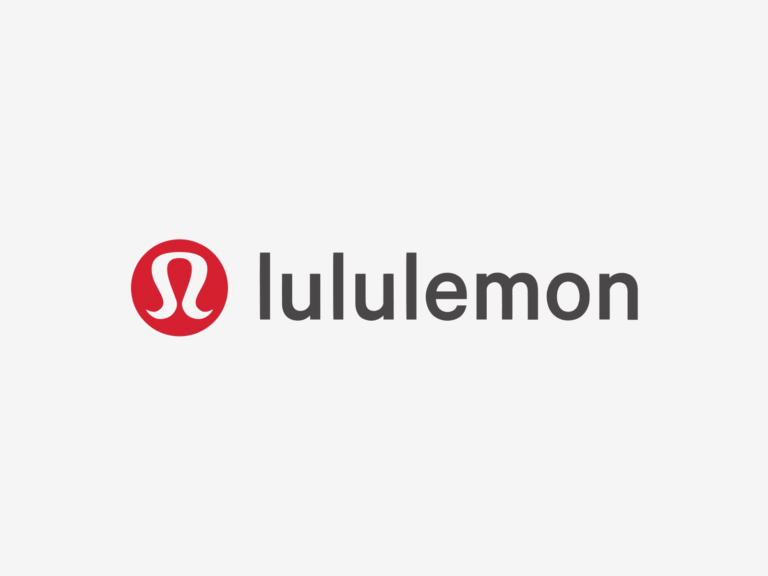
The Secrets Wall Street Keeps from Retail
Wall Street has a history of downplaying future winners until institutions have loaded their portfolios. By the time CNBC and top analysts highlight them, retail investors are left chasing the rally.
We’ve seen this story play out with Amazon in the dot-com crash, Tesla in 2012, and Nvidia before the AI boom. Today, a fresh batch of companies looks undervalued or misunderstood—quietly compounding growth while analysts warn retail investors to “stay away.”
Lessons From History: When Wall Street Hid Winners
- Amazon (1999–2001): Labeled an “online bookstore with no future.” Investors who ignored analysts became millionaires.
- Apple (2008): Considered overvalued at $12 (split-adjusted). Institutions were buying while retail panicked.
- Tesla (2012): Called “unscalable” and “doomed.” Today, it’s a trillion-dollar disruptor.
The pattern? Wall Street lags retail conviction—until it can no longer deny results.
The Top 10 Stocks Wall Street Doesn’t Want You to Buy
Here are 10 stocks Wall Street doesn’t want retail investors to buy right now.
Disclaimer: This is not financial advice. Do your own due diligence.
1. Super Micro Computer (SMCI)
- What it does: Builds high-performance servers powering AI, cloud, and data centers.
- Why ignored: Nvidia dominates AI headlines, overshadowing the companies supplying the infrastructure.
- Key Insight: Revenue up 200%+ YoY; trades at a forward P/E far lower than Nvidia. Expanding partnerships with Nvidia and AMD means it’s leveraged to AI growth without the “hype stock” label.
2. Palantir Technologies (PLTR)
- What it does: Provides data analytics & AI software for governments and enterprises.
- Why ignored: Analysts call it “overvalued” due to past hype, and it’s not a Wall Street darling.
- Key Insight: Long-term government contracts (DoD, UK NHS) provide sticky recurring revenue. Its new AI platform (AIP) could unlock commercial adoption. Profitable since 2023—a turning point most retail investors overlook.
3. CrowdStrike (CRWD)
- What it does: Cybersecurity leader offering endpoint protection and AI-driven threat intelligence.
- Why ignored: Cybersecurity is underhyped until a major breach puts it in the spotlight.
- Key Insight: Growing ARR (annual recurring revenue) above 35%, strong free cash flow, and a market expected to exceed $500B by 2030. Institutions are buying quietly while coverage is modest compared to AI giants.
4. SoFi Technologies (SOFI)
- What it does: Online-first financial platform (loans, investing, banking).
- Why ignored: Analysts label it “unprofitable fintech risk.”
- Key Insight: Bank charter approval + student loan repayment restart boost. Deposits growing faster than traditional banks. Expected to reach profitability in 2024/2025, which could flip analyst sentiment.
5. Global-e Online (GLBE)
- What it does: Powers cross-border e-commerce by helping merchants sell globally with payments, tax, and logistics.
- Why ignored: Not consumer-facing, so its role in powering e-commerce is overlooked.
- Key Insight: Exclusive partnership with Shopify gives it massive reach. As global e-commerce expands (projected $8T by 2030), Global-e is positioned as the infrastructure layer.
6. DraftKings (DKNG)
- What it does: Online sports betting and iGaming.
- Why ignored: Seen as “speculative gambling stock” with regulation risk.
- Key Insight: US sports betting is still in early innings—only 38 states legalized sports betting so far. Each new state = new revenue stream. Already EBITDA positive in 2023, a major milestone that analysts understated.
7. MercadoLibre (MELI)
- What it does: Latin America’s Amazon + PayPal combined (e-commerce + digital payments).
- Why ignored: Many US investors shy away from emerging markets.
- Key Insight: Dominant market share in a region with rapid digitization growth. Payment platform MercadoPago is scaling faster than PayPal did in its early years. Wall Street tends to underweight international compounders until they’re too big to ignore.
8. Brookfield Renewable Partners (BEP)
- What it does: Owns renewable energy assets (hydro, solar, wind).
- Why ignored: Overshadowed by tech hype; renewable projects viewed as slow-growth.
- Key Insight: Global shift to clean energy means trillions in investment over the next decade. BEP provides steady cash flow + dividend yield (~5%), making it a quiet compounding play institutions accumulate long-term.
9. UiPath (PATH)
- What it does: Automation and robotic process automation (RPA) software.
- Why ignored: Overshadowed by flashy AI stocks despite direct AI-driven productivity benefits.
- Key Insight: Automates repetitive tasks for enterprises—AI’s “silent backbone.” Growing enterprise contracts, expanding margins, and large TAM ($30B+). If AI adoption accelerates, UiPath could scale as the “Microsoft Office of automation.”
10. Sea Limited (SE)
- What it does: Southeast Asia’s tech giant with three arms: Shopee (e-commerce), Garena (gaming), SeaMoney (fintech).
- Why ignored: Crashed 70% in 2022 after overexpansion, leading analysts to dismiss it.
- Key Insight: Has since cut costs, achieved profitability, and continues to dominate e-commerce in Southeast Asia—a region with a rising middle class. Institutions are quietly re-entering while retail is still fearful.
Why Wall Street Ignores These Stocks
- Institutional Accumulation: Analysts downplay until big funds have built positions.
- Narrative Control: Safer to push “consensus buys” like Apple and Nvidia than risk new names.
- Short-Term Bias: Stocks with volatility or recent losses are labeled risky, despite strong long-term trends.
How Retail Investors Can Spot the Next Hidden Gem
- Look at insider buying & institutional inflows (stronger than analyst ratings).
- Track partnerships & contracts that point to sticky revenue.
- Monitor emerging markets & sectors (renewables, fintech, cybersecurity).
- Watch for analyst downgrades on growing companies—often a sign institutions want cheaper entry.
Think Like a Contrarian, Not a Crowd Follower
The stocks listed here aren’t Wall Street darlings—yet. But history shows that the real generational wealth often comes from buying before the consensus shifts.





